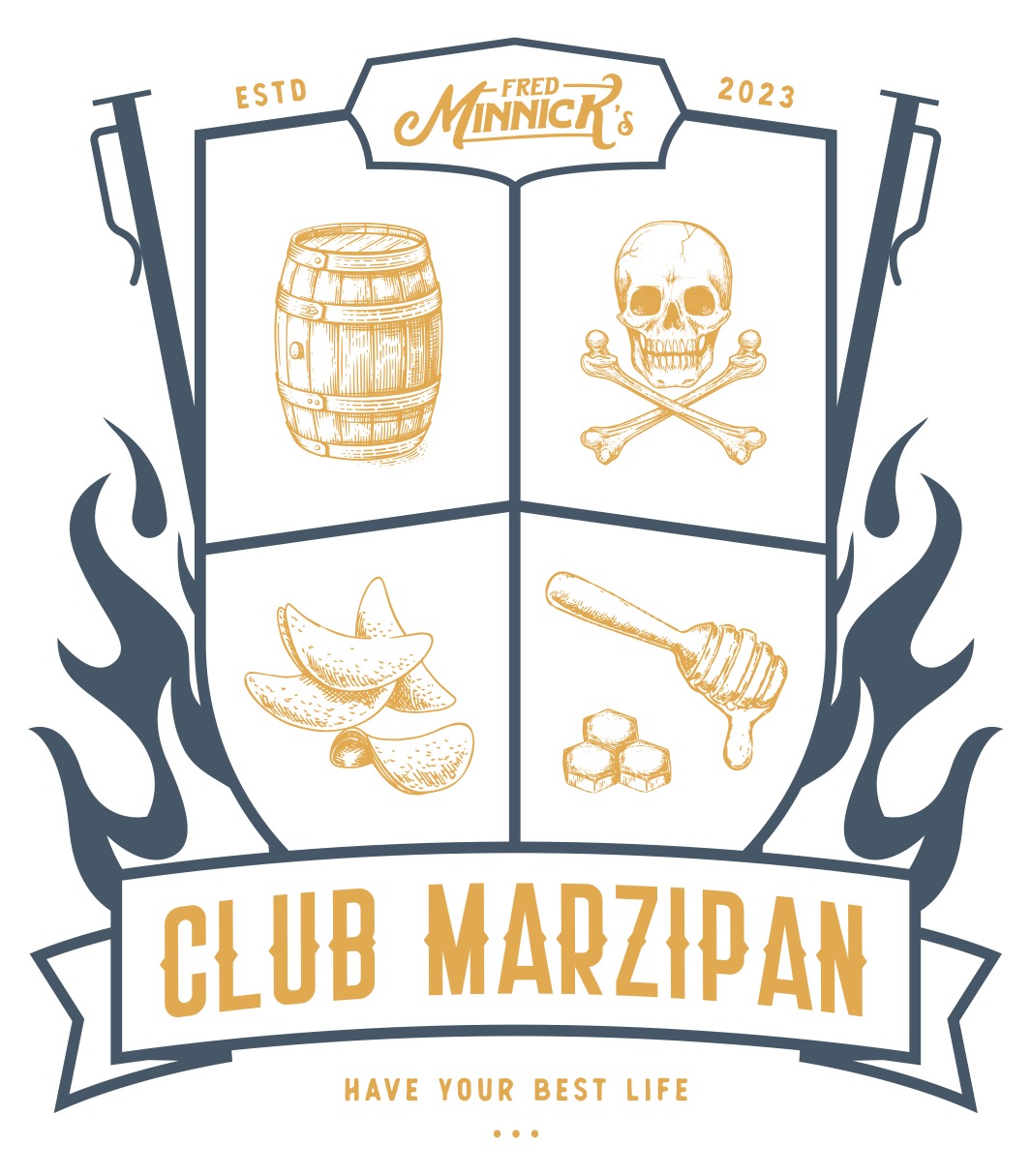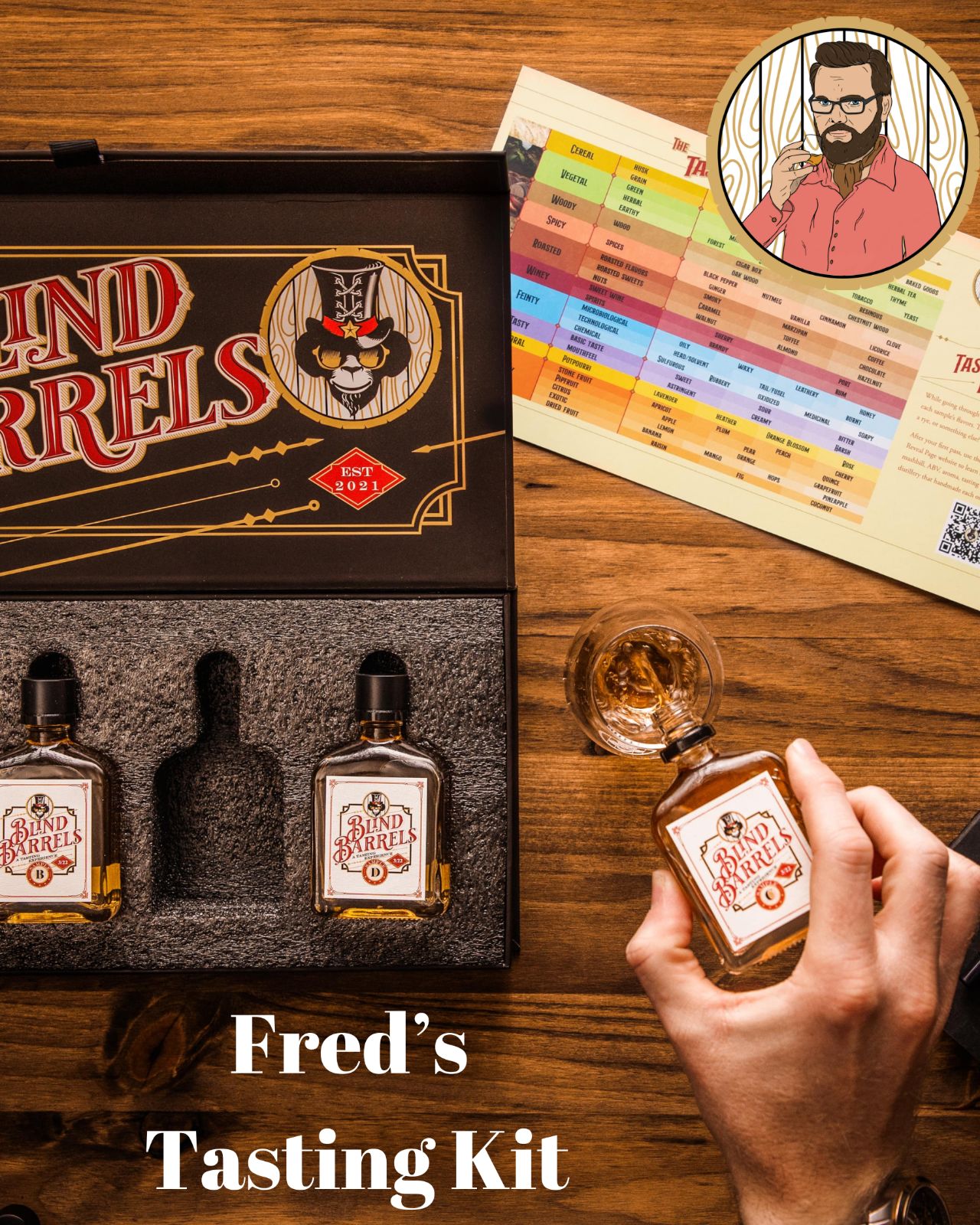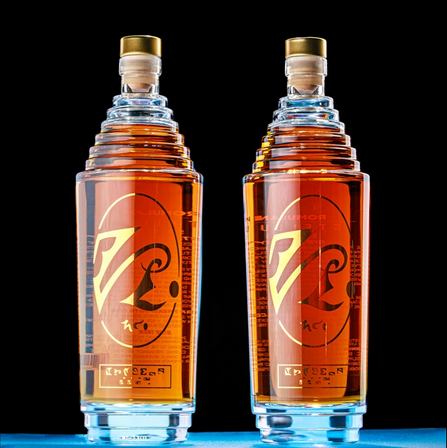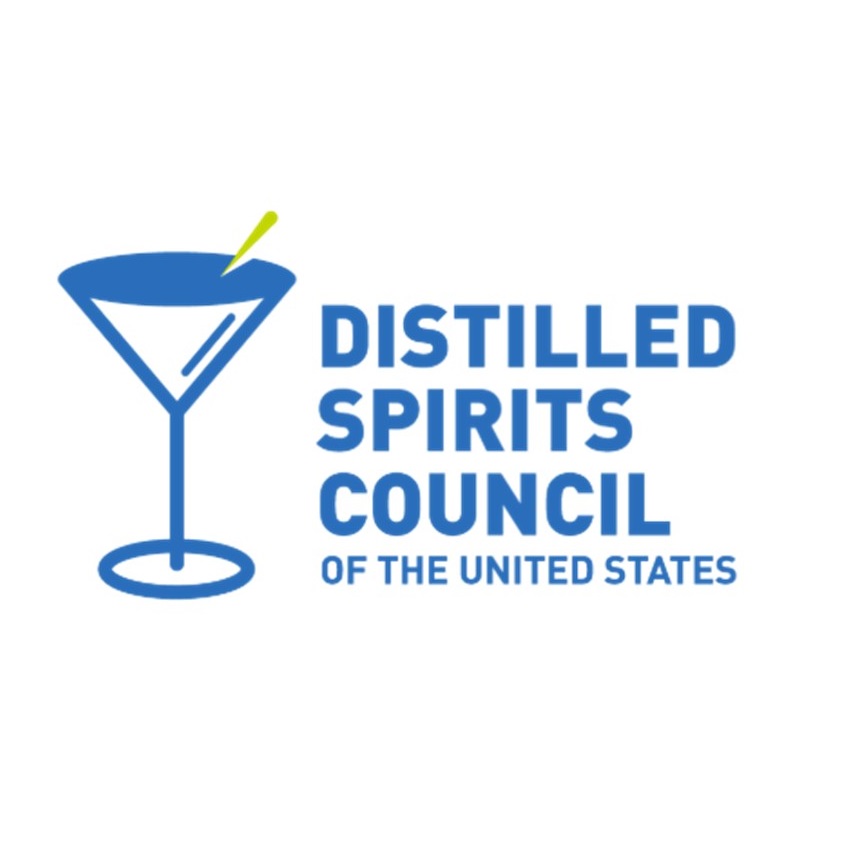A Great Moment at Four Roses with Penny Chenery
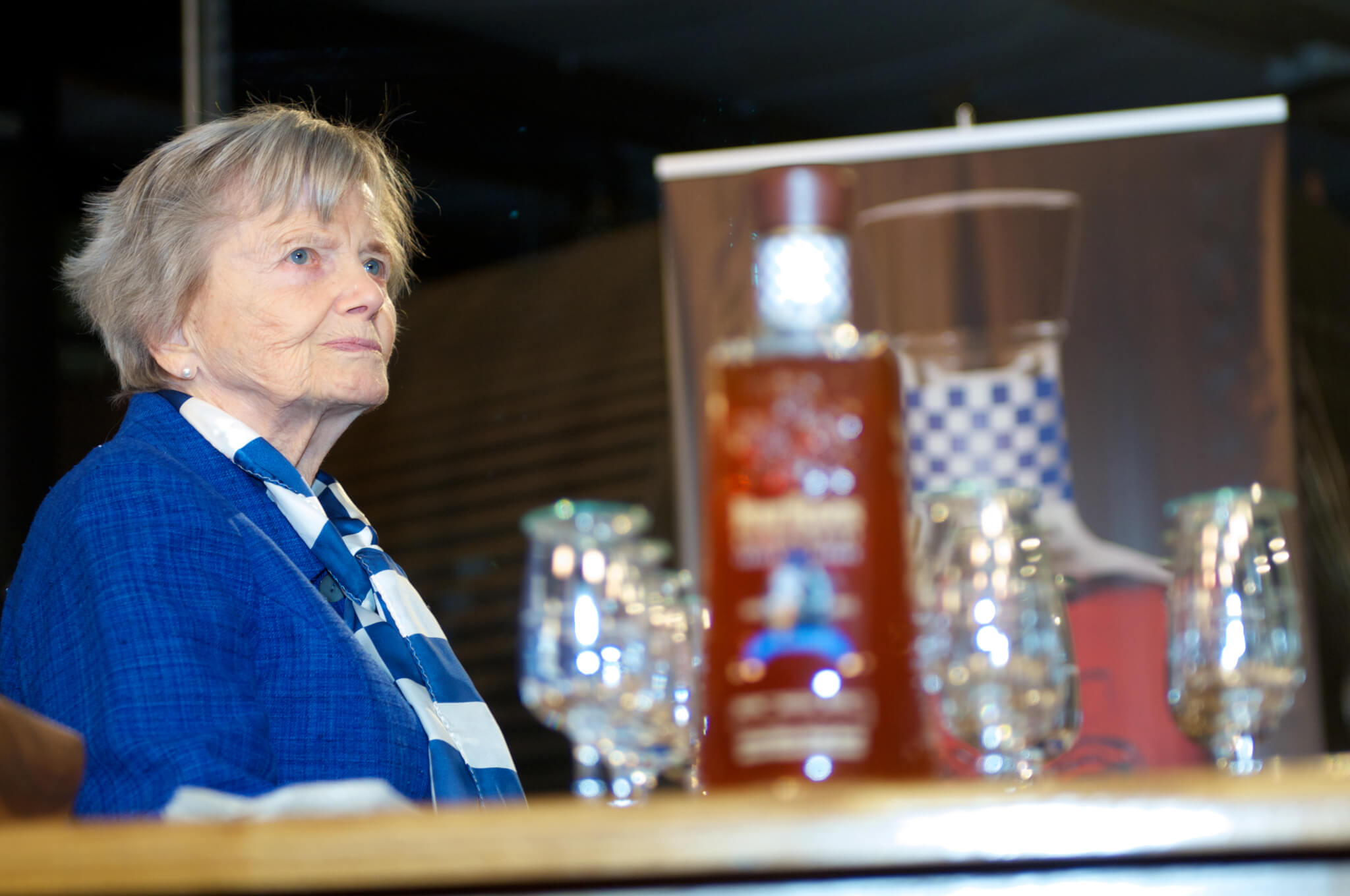

This story appeared in Whisky Magazine in 2013. It is adapted from that publication. Penny Chenery recently passed away at the age of 95. It was a special day, and she was a special person.
It’s 9:52 a.m., and the colorful 91-year-old Penny Chenery uses a walker to stroll pass 56 cases of Four Roses Yellow Label and five weathered bourbon barrels. She stops. Smiles. And looks toward the cameras.
The television crews, national writers, bourbon bloggers and horse writers are all here to watch Chenery drink. “Mmmmm…I love bourbon,” says Chenery, the owner of legendary Triple Crown winner Secretariat and whom actress Diane Lane portrayed in the movie Secretariat.
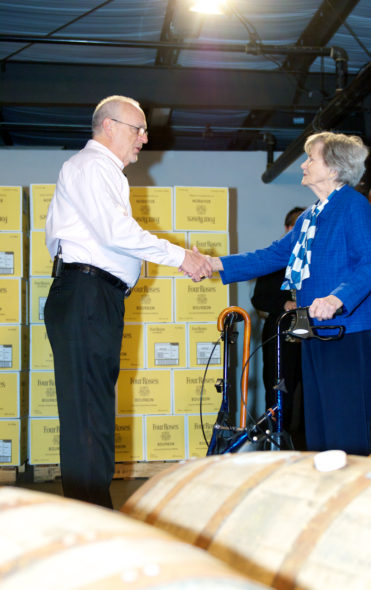
It’s a good thing Chenery likes whiskey, because she sits down to 10 empty glasses awaiting a whiskey thief to pour straight-from-the-barrel samples. Chenery’s favorite from each flight were to be bottled for the 3,500 commemorative Secretariat Four Roses bottles. The commemorative bottles were available at Triple Crown venues in Kentucky, Maryland and New York.
But let’s face it: The media and fans did not drive Kentucky’s winding roads to the Four Roses Cox’s Creek facility to talk sales details. They were here for Chenery, who even made Four Roses master distiller Jim Rutledge star struck.
Next to Four Roses reentering the U.S. market, Rutledge, a horse-racing fan, says the Secretariat partnership is the greatest accomplishment of his career. “I will never forget watching Secretariat run,” Rutledge says. “This is the most-exciting time of my career.”
Back at the tasting table, Rutledge slips a little bourbon in each of her first flight’s glasses. The lights are shining on Chenery just as they’re supposed to. “I just love attention,” she admitted.
Normally, these are watch-and-see events and ask questions later. But Chenery wanted conversation with her whiskey.
Reporters asked about the horse, the movie and the state of horse racing. We, whiskey writers in the room, were more interested in her whiskey thoughts. So, I asked the obvious: “Ms. Chenery, is this the earliest you’ve ever drank bourbon?”
It was 10 a.m. Some people gasped. How could anybody ask horse-racing royalty such? Well, let’s just say I’ve done my homework on the sassy lady.
“Don’t be personal,” she said, adding, “It’s five O’Clock somewhere.”
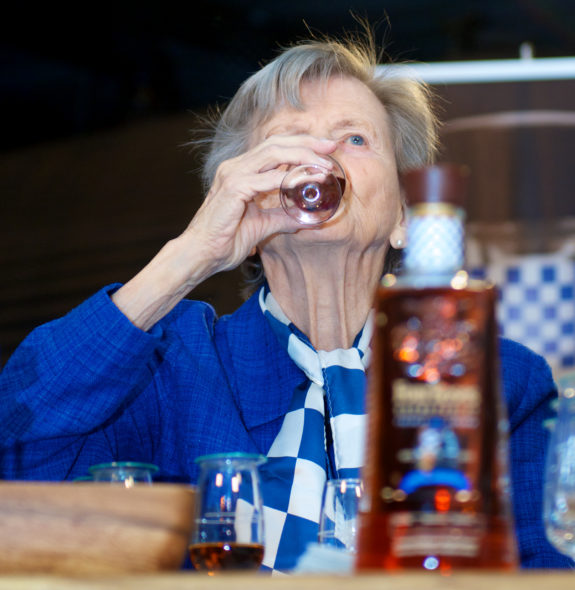
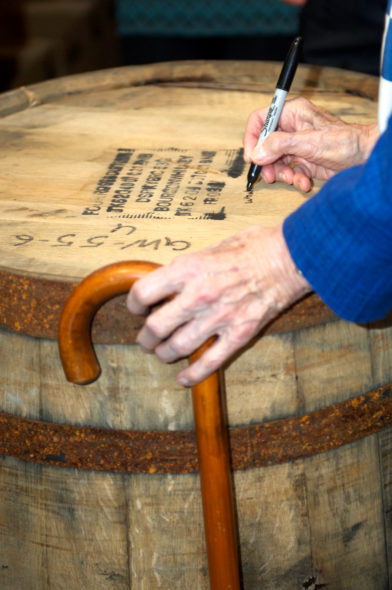
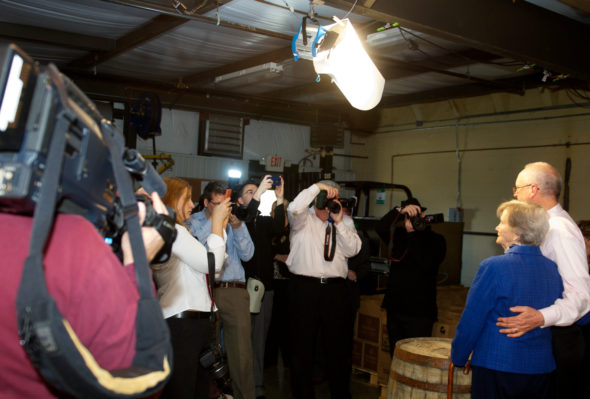
After Rutledge finished pouring, she looked at the whiskey thief, puzzled about the custom pipe-fitted drawtube used to siphoned whiskey out of barrels. “What is that device?” she asked.
Then, she looks at her glasses. “What is this? Is that charcoal?” Rutledge explains the barrel charring process and how barrel samples often carry a few flakes.
Chenery takes a sip, spits and takes notes like a seasoned whiskey professional. For the next, she splashes a drop of water. “Mmmm. … That sure isn’t Virginia Gentleman, which was not wonderful,” she said.
Indeed, this was not bottom shelf whiskey.
These barrels are the best of Four Roses’ best. They were sitting in honey holes in the “G” Warehouse on the West and East sides.
After she tasted the first flight, Chenery and Rutledge compared notes. The Four Roses master distiller liked barrel No. 1.
Not Chenery. “Sorry, one is a little harsh for me,” she says. “I like No. 5.”
All five barrels illustrated Four Roses’ best, but the five barrel—Four Roses OBSV recipe—packed a little more caramel, velvety structure, spice and Crème brûlée finish than the others. Chenery chose wisely.
The next flight featured five barrels from the same warehouse, but these came from the sixth level. Chenery changed up her routine this time: She didn’t water the whiskey and didn’t spit.
Chenery was drinking unfiltered barrel-proof bourbon and swallowing every drop. She tastes No. 2 and No. 5 several times. “I’ve changed my mind twice,” she says, looking at Rutledge, “Which do you like?”
He says three and five. Chenery looks up with excitement. “I just wrote down ‘best’ for five,” she says. “It’s spicy. I would like to take this home.”
RIP to a legendary woman who was one helluva bourbon lover.
Fred Minnick is the author of Bourbon: The Rise, Fall & Rebirth of An American Whiskey




